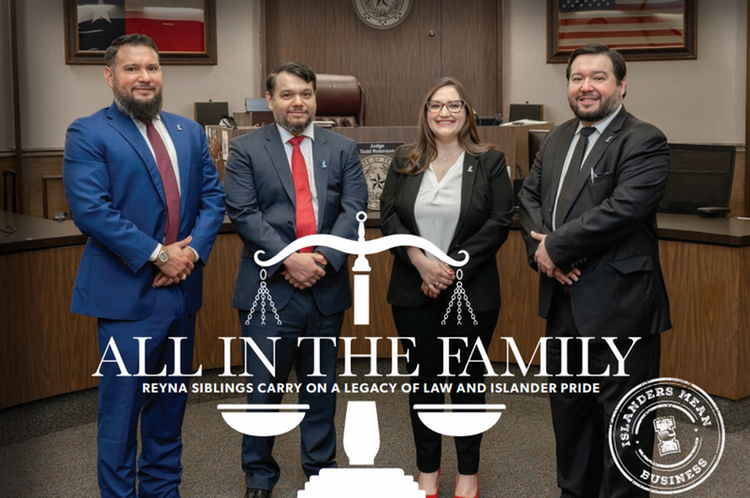International Grad Student Teaches Computers to ‘See’ Photos by Harnessing Math
CORPUS CHRISTI, Texas – Not only did Quan Nguyen, an international student from Vietnam, complete his undergraduate degree at Texas A&M University-Corpus Christi in three-and-a-half years, but he graduated magna cum laude and ranked in the 94th percentile in the nation for mathematics on the GRE. Now, as a graduate student at the Island University, he is conducting research that could directly impact science on a local as well as national level.
Nguyen was one of 26 students chosen from across the United States to participate in the Los Alamos National Laboratory in New Mexico for a 10-week Applied Machine Learning Summer Research Fellowship based on his potential contributions to science. He, along with his mentor Dr. Beate Zimmer, associate professor of mathematics, traveled to the laboratory over the summer.
“I had a lot of emotion when I learned I was picked,” said Nguyen. “The Los Alamos Lab was a very friendly and diverse environment where I got to work with many experts in the field who come from different backgrounds. The whole fellowship was an adventure.”
Zimmer, who teaches at Texas A&M-Corpus Christi, also conducts research at the Los Alamos Laboratories when not at the University. It was through her contacts at the lab that Nguyen learned of this summer fellowship opportunity.
“Quan has a lot of potential,” said Zimmer. “He has brains and that’s being recognized. It’s even more impressive that he was chosen, since he’s only just started as a graduate student.”
While at Los Alamos, Nguyen received a $10,000 stipend to research and develop an advanced mathematical model for machine-based image-segmentation – or a program that teaches a computer to recognize the pixels that make up a photo.
Why is it important for a computer to do this task? This emerging technology can be applied to a wide range of uses including cattle and traffic surveillance, self-piloted vehicles, and agriculture maintenance. For example, it was used during the Deep Water Horizon spill to estimate how much oil was floating in the ocean.
“A person can recognize the lines and details of a single photo easily and accurately, but imagine what it would take to scan 10,000 images,” said Nguyen. “Satellites can take more than 10,000 pictures and a computer could help us automate the process of scanning the images.”
Over the course of his fellowship, Nguyen found his mathematical model has the promise to work as well, if not better, than current methods and he plans to continue pursuing it for his thesis. He attributes his success to his daily interactions with his two supervisors, Zimmer and Dr. Reid Porter, Information Science Group of the Computer, Computational and Statistical Sciences Division of the Los Alamos National Laboratory, in what they called “coffee meetings.”
“We bounced around ideas – anything that came to our minds,” said Nguyen. “Dr. Zimmer and Dr. Porter really helped me stay on track and brought us all closer together.”
It was because of mentors like Zimmer that Nguyen decided to return to the Island University for his master’s degree – despite being accepted to Baylor University. The friendly atmosphere, willingness of professors to help, and amazing opportunities here are hard to find elsewhere, said Nguyen.
“I saw the way Dr. Zimmer works with her graduate students and that was the experience I wanted,” said Nguyen. “I feel like I can advance here at my own pace and I’m happy I chose to stay at the Island University.”








